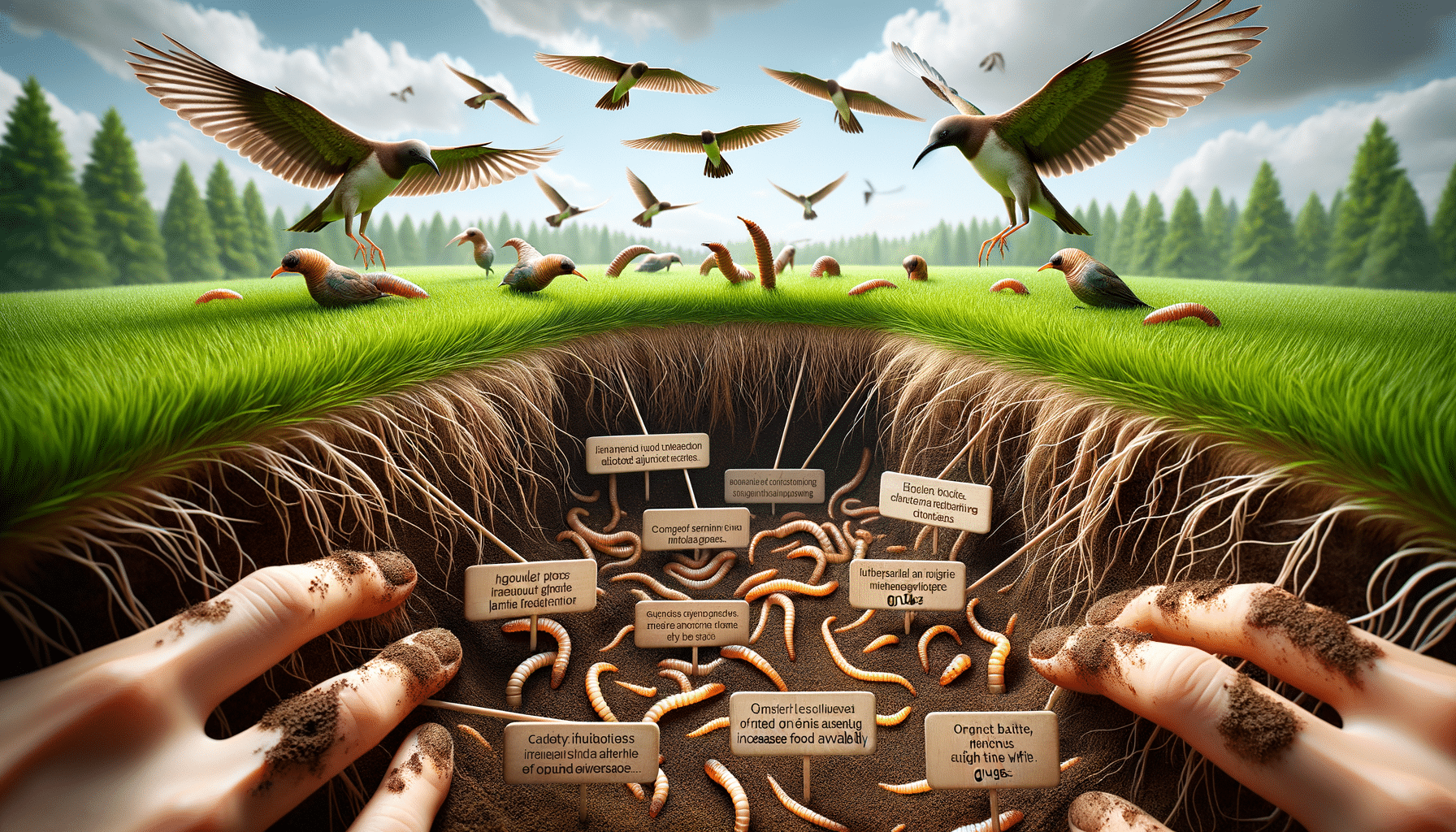
Key Indicators of Lawn Grub Problems
Introduction: Understanding Lawn Grub Infestation
Maintaining a lush and healthy lawn is a source of pride for many homeowners. However, one of the most common threats to a vibrant lawn is a grub infestation. Lawn grubs, the larvae of beetles, can cause significant damage if left unchecked. Recognizing the early signs of a lawn grub infestation is crucial in preventing extensive damage and maintaining the beauty of your outdoor space. This article will guide you through the key indicators of lawn grub problems, helping you to identify and address these issues promptly.
Identifying Brown Patches and Thinning Grass
The first noticeable sign of a lawn grub infestation is often the appearance of brown patches and thinning grass. These patches are particularly evident in late summer and early fall when grubs are most active. The grubs feed on the roots of grass, disrupting the plant’s ability to absorb water and nutrients. As a result, the grass begins to turn brown and die. To confirm the presence of grubs, try pulling up a section of the affected turf. If it lifts easily, revealing white, C-shaped larvae underneath, you likely have a grub problem.
It’s important to note that brown patches can also be attributed to other factors such as drought or fungal diseases. Therefore, proper diagnosis is essential to ensure the correct treatment approach. Regular lawn maintenance and monitoring can help in early detection and prevention of severe damage.
Increased Presence of Wildlife
Another indicator of a lawn grub infestation is the increased presence of wildlife such as birds, raccoons, and skunks. These animals are natural predators of grubs and will dig up your lawn in search of a meal. If you notice unusual activity from wildlife in your yard, it may be time to inspect your lawn for grubs. While these animals can help control the grub population, their digging can also cause additional damage to your lawn.
To manage this, consider using deterrents or humane traps to keep wildlife at bay. Additionally, addressing the root cause by reducing the grub population will ultimately discourage wildlife from frequenting your lawn.
Spongy Turf and Increased Weed Growth
A lawn affected by grubs may also exhibit spongy turf and increased weed growth. As grubs consume the roots, the soil becomes loose, creating a spongy feel when you walk on it. This condition not only affects the grass but also provides an opportunity for weeds to establish themselves. Weeds thrive in weakened turf where grass roots have been compromised.
Regularly inspecting your lawn for these signs can help you catch a grub infestation early. If you suspect grubs are the cause, consider implementing a treatment plan that includes both chemical and natural solutions to restore the health of your lawn.
Conclusion: Maintaining a Healthy Lawn
Recognizing the signs of a lawn grub infestation is the first step in maintaining a healthy and vibrant lawn. By understanding the indicators such as brown patches, increased wildlife activity, and spongy turf, you can take proactive measures to address the issue. Regular lawn care, including proper watering, fertilization, and aeration, can help prevent grub infestations. Additionally, timely intervention with appropriate treatments will ensure your lawn remains a source of pride and enjoyment.
Keeping a close eye on your lawn’s health and addressing problems as they arise will help you maintain its beauty and vitality throughout the seasons.